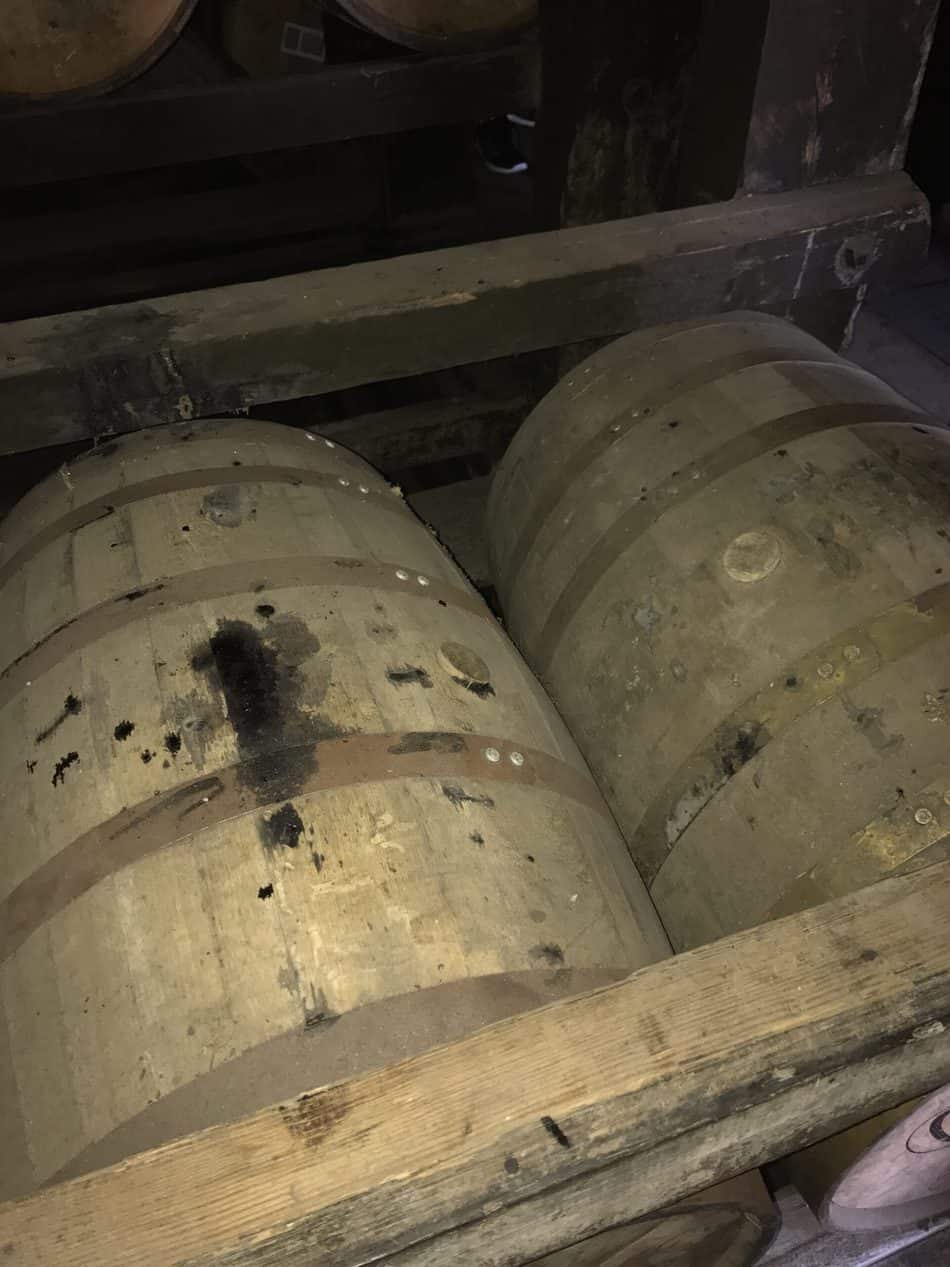Have you ever heard of a bunghole? I’m willing to bet you have and it also brings back memories from years ago while sitting with friends late at night watching MTV and laughing at Beavis and Butt-Head. But, would you believe that bungs and bungholes are an important component to that bottle of bourbon you have sitting in your liquor cabinet or swaying around in your highball glass right now? It’s true and it serves a way more important role than the name may have you believe.
Bungholes are used on casks or barrels for many sorts of alcohol in their fermenting or aging process. For bourbon, the bunghole is drilled into the white oak barrel during the barrel making process. Once the barrel is complete, the barrel rolls down the conveyor, charred, the bunghole drilled, and then is filled with the “high wine” or “new whiskey” and, finally, the bunghole is closed with the hammering of the bung.

What are Bungs Made Out of to Fill the Bunghole?
For many of your legacy Kentucky bourbon distillers, the bungs are made of wood. Most commonly White Oak and Poplar are used to create bungs ranging in sizes from 1” to 6” wide and typically just shy of an inch with a few degrees of taper. But many will use white oak to stay true with the barrel wood. As the bourbon industry continues to see wild growth, some new distillers are using bungs made of other materials, mostly food grade silicone to easily open and close their barrels.
In addition to bungs, there are spiles used to care for the bourbon barrel. Spiles are wood dowels that come in a range of small sizes in order to fill in small holes or gaps in the wood barrel. This stops leaks in the barrel and allows all of us to have more bourbon to enjoy.
Are Bungholes Opened During the Aging Process?
Once the “new whiskey” is poured into its barrel for aging in the warehouse, the barrels will rest for a number of years. Each bourbon barrel will have its own distinct flavor profile based on the weather, the placement of the barrel in the warehouse, light and years aged, to name a few factors. Throughout the ageing process, a distiller may want to check in on the taste of the bourbon with the dip of the whiskey thief or they may find that the barrel has shifted or expanded pushing the bung out of place, requiring a new bung. For whatever the reason, once the bunghole is opened, the bung must be replaced to slow evaporation. Sometimes the bung is in good condition and reused, sometimes not and the bung is replaced with a new bung.
Bungs Used as Bourbon Decor
If you have ever casually browsed bourbon sites or visited a distiller or larger liquor stores, you have probably seen some bourbon chotskies to add to your man cave, lakefront bar or as gifts for the guy who has everything. Many distillers will have never before used bungs with their logos, suite of bourbon brands, anniversary or commemorative engagements stamped or embossed on bungs available for just a few bucks. These are a great last minute addition while in the check out lane, especially those of very rare bottles that are always out of stock or out of range of your pocketbook budget and this will allow you to have just a little reminder of what you almost had or a reminder of what your are striving for, that elusive bottle of Pappy Van Winkle.
